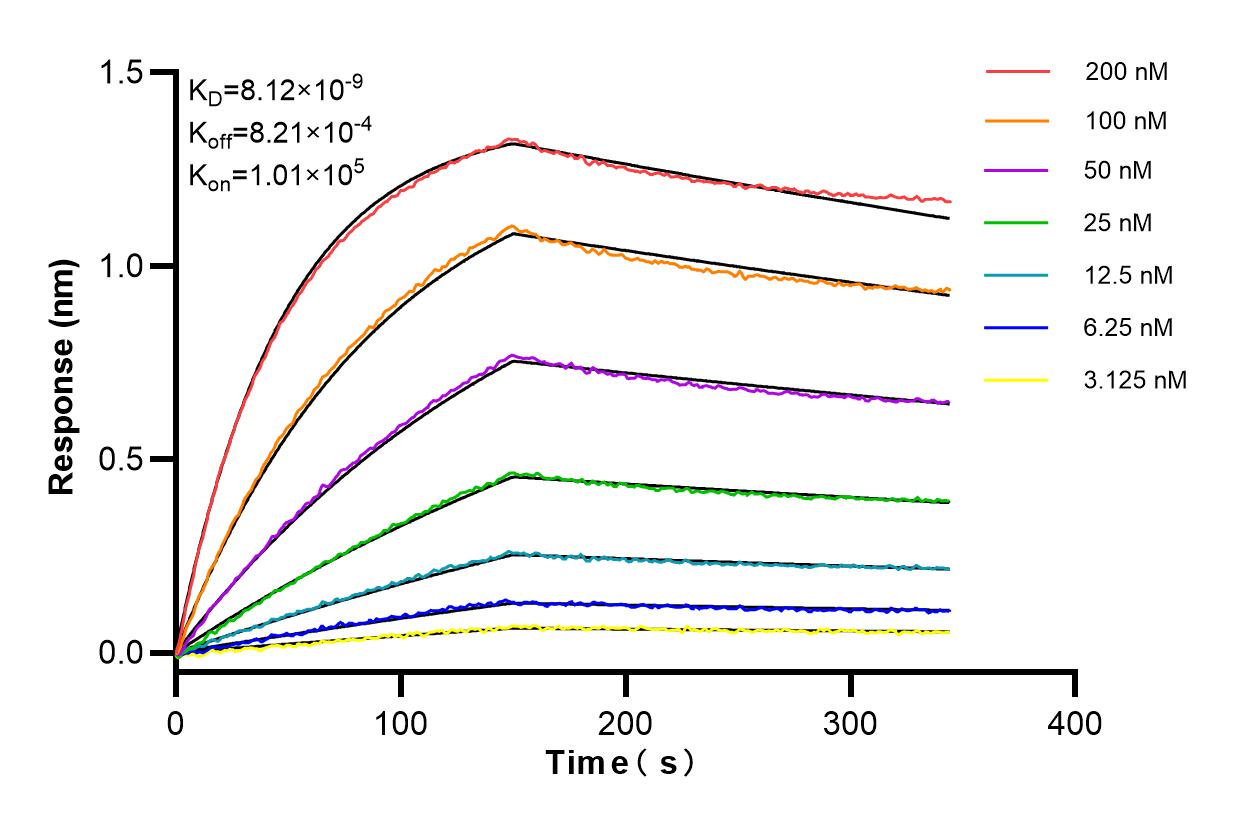Tested Applications
| Positive WB detected in | Daudi cells, Ramos cells |
Recommended dilution
| Application | Dilution |
|---|---|
| Western Blot (WB) | WB : 1:500-1:2000 |
| It is recommended that this reagent should be titrated in each testing system to obtain optimal results. | |
| Sample-dependent, Check data in validation data gallery. | |
Product Information
85346-1-RR targets DAPP1 in WB, ELISA applications and shows reactivity with human samples.
| Tested Reactivity | human |
| Host / Isotype | Rabbit / IgG |
| Class | Recombinant |
| Type | Antibody |
| Immunogen | DAPP1 fusion protein Ag6459 Predict reactive species |
| Full Name | dual adaptor of phosphotyrosine and 3-phosphoinositides |
| Calculated Molecular Weight | 32 kDa |
| Observed Molecular Weight | 32 kDa |
| GenBank Accession Number | BC012924 |
| Gene Symbol | DAPP1 |
| Gene ID (NCBI) | 27071 |
| Conjugate | Unconjugated |
| Form | Liquid |
| Purification Method | Protein A purification |
| UNIPROT ID | Q9UN19 |
| Storage Buffer | PBS with 0.02% sodium azide and 50% glycerol, pH 7.3. |
| Storage Conditions | Store at -20°C. Stable for one year after shipment. Aliquoting is unnecessary for -20oC storage. 20ul sizes contain 0.1% BSA. |
Background Information
DAPP1 was identified as dual adaptor for phosphotyrosine and 3-phosphoinositides, a novel 280 amino acid protein which contains a putative myristoylation site at its N-terminus followed by a SH2 and a PH domain at its C-terminus (PMID: 10432293). DAPP1 is also referred to B cell adaptor molecule of 32 kDa (Bam32), and is expressed by B lymphocytes, but not T lymphocytes or nonhematopoietic cells. DAPP1/Bam32 was shown to regulate BCR signaling downstream of phosphatidylinositol 3-kinase (PI3K) (PMID: 10770799). Furthermore, DAPP1/Bam32 may server to integrate PI3K and Src kinase signaling to promote Rac-dependent B cell adhesive interactions important for antigen presentation function (PMID: 20495066).
Protocols
| Product Specific Protocols | |
|---|---|
| WB protocol for DAPP1 antibody 85346-1-RR | Download protocol |
| Standard Protocols | |
|---|---|
| Click here to view our Standard Protocols |





